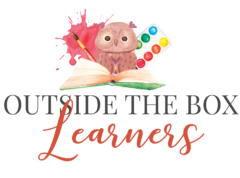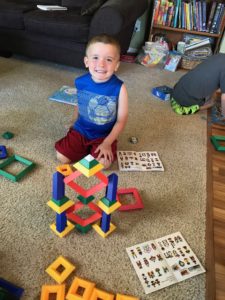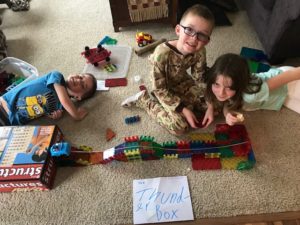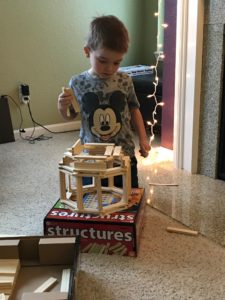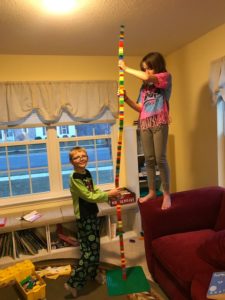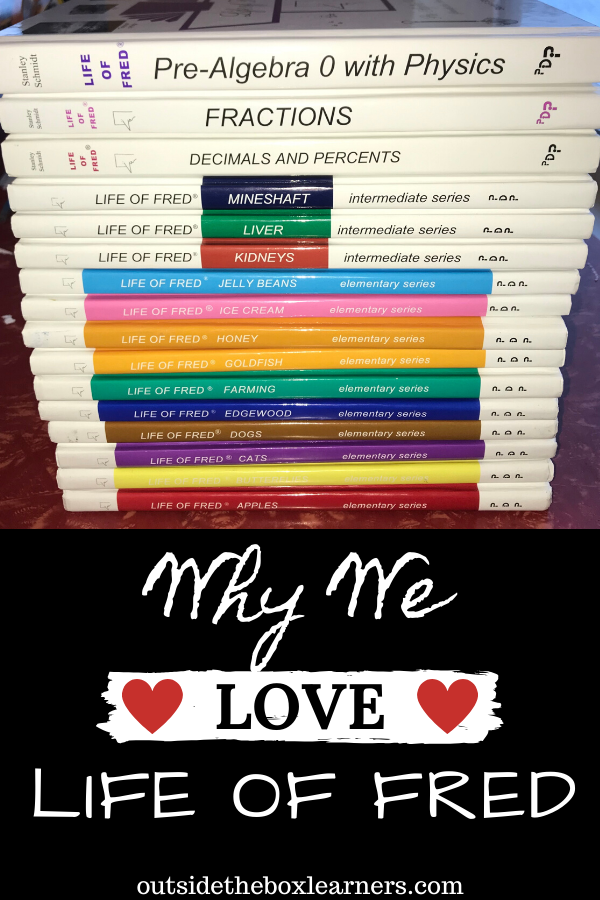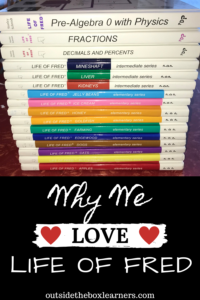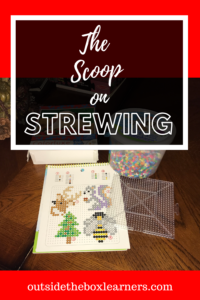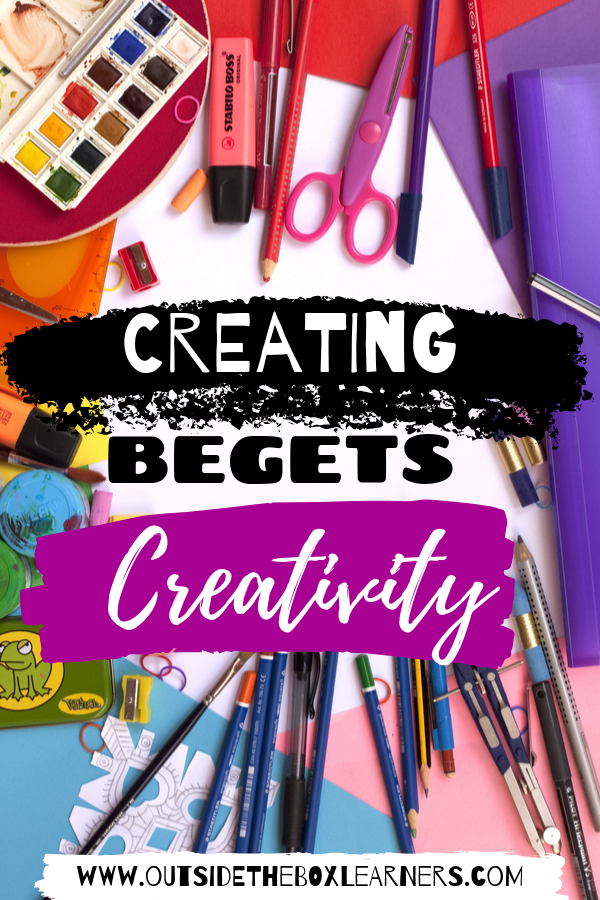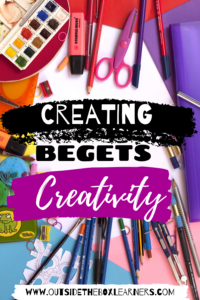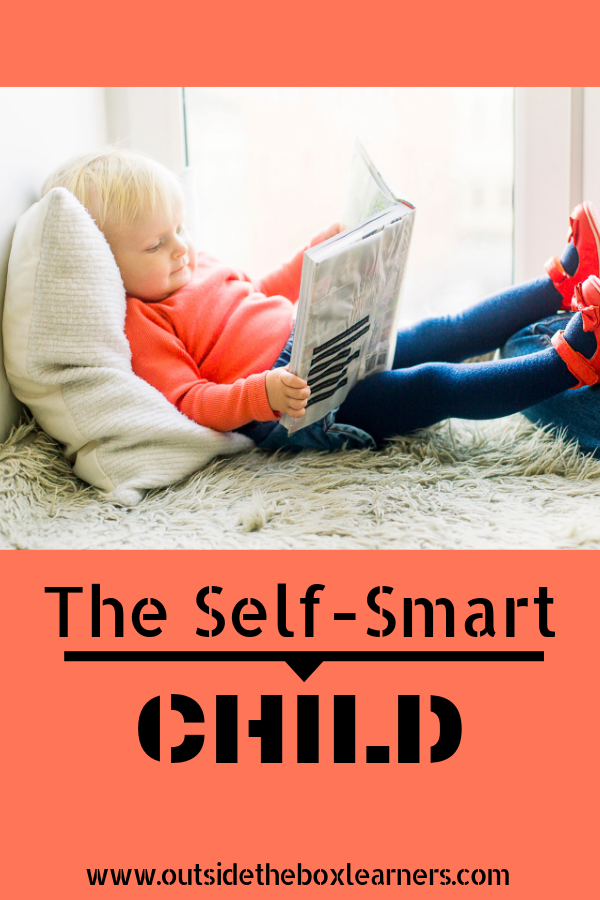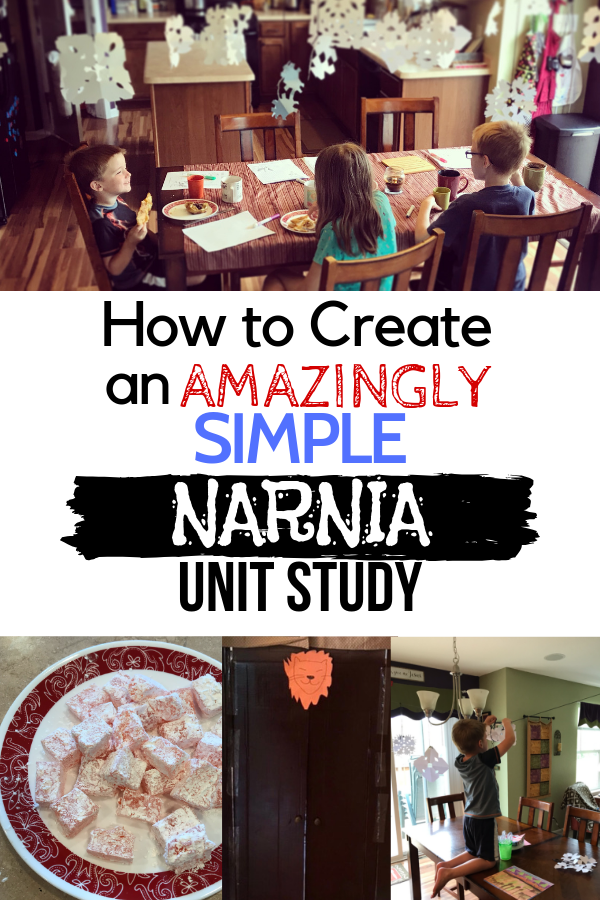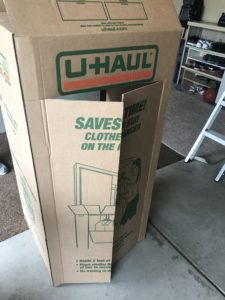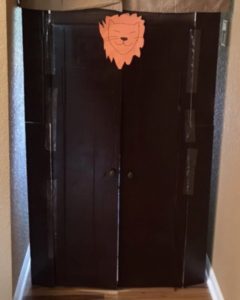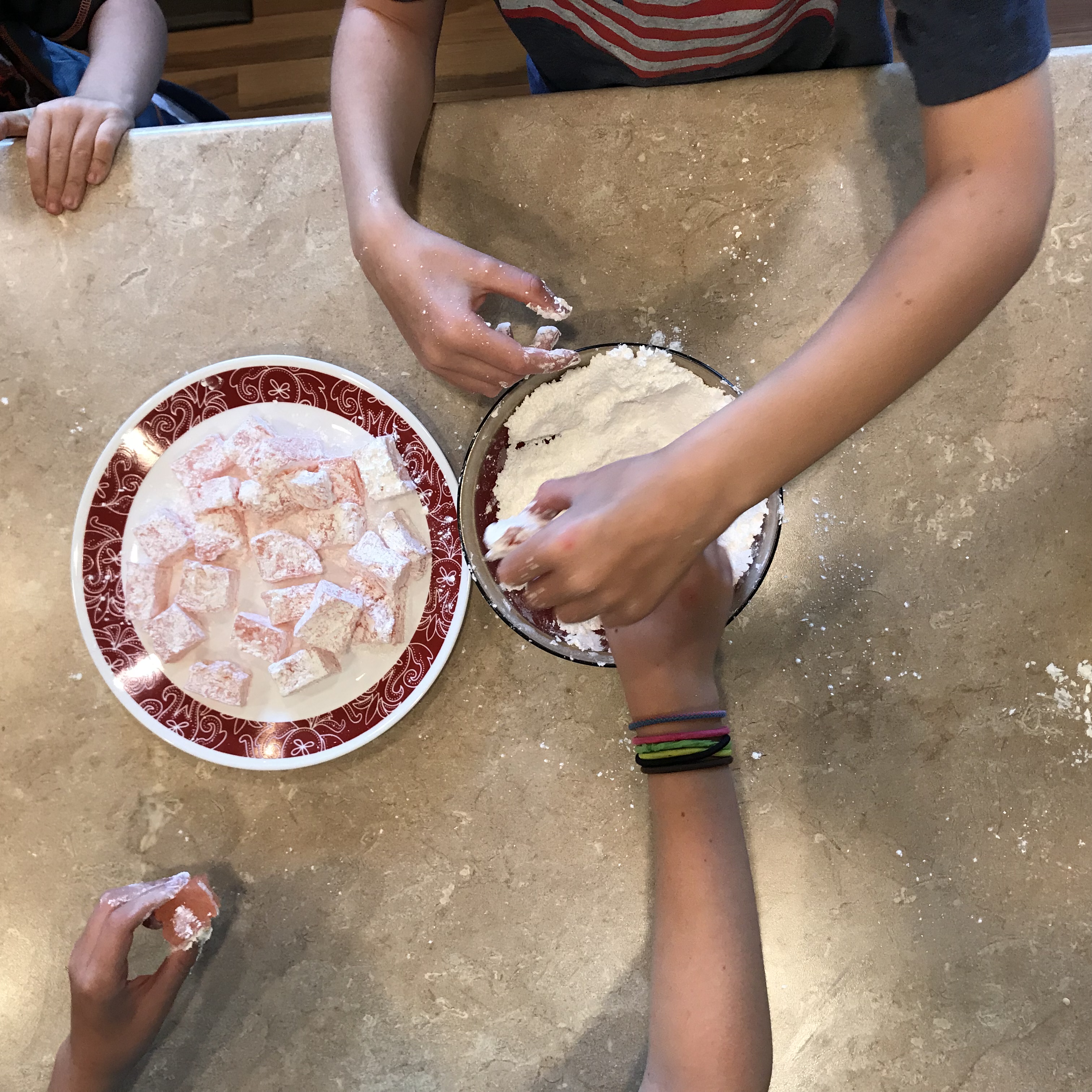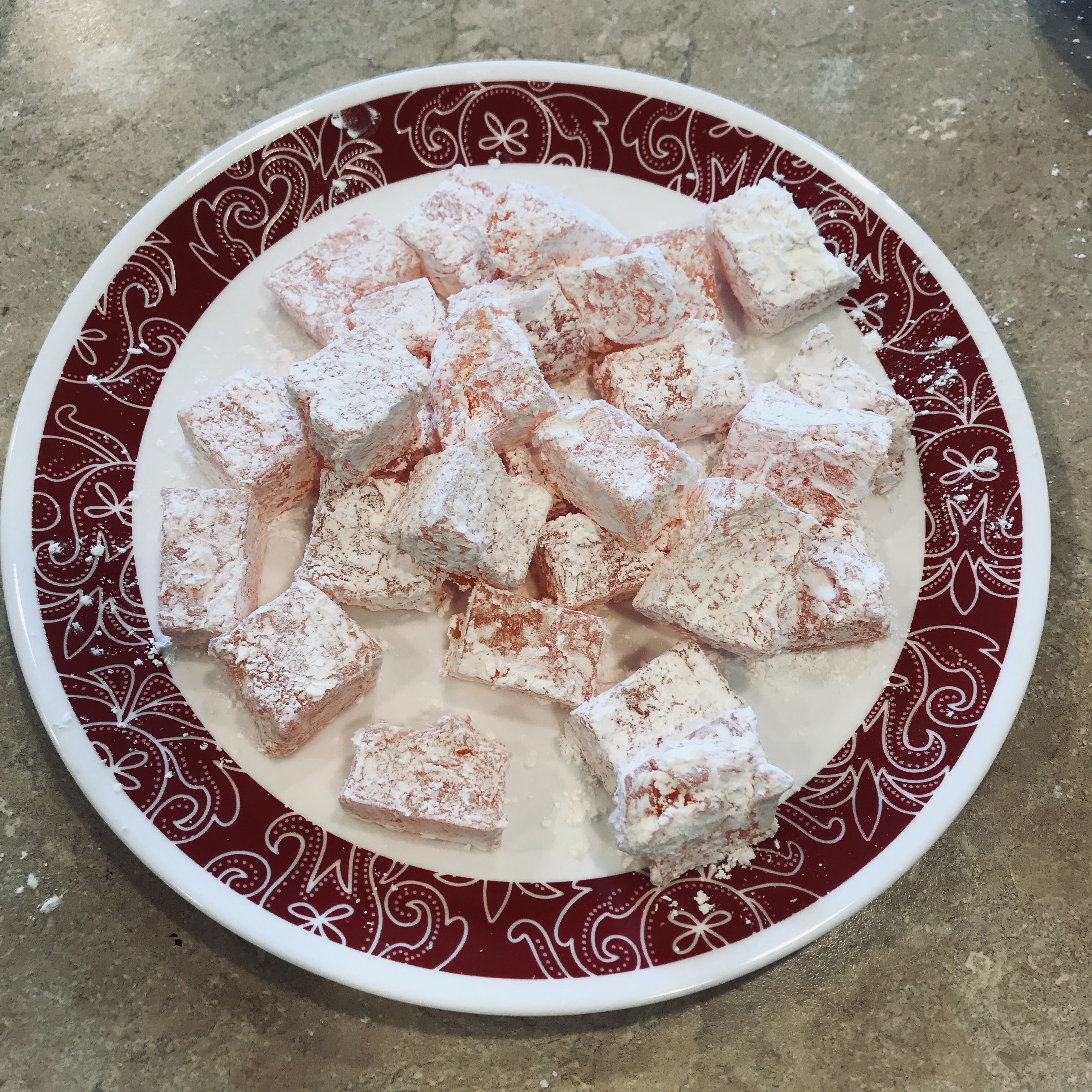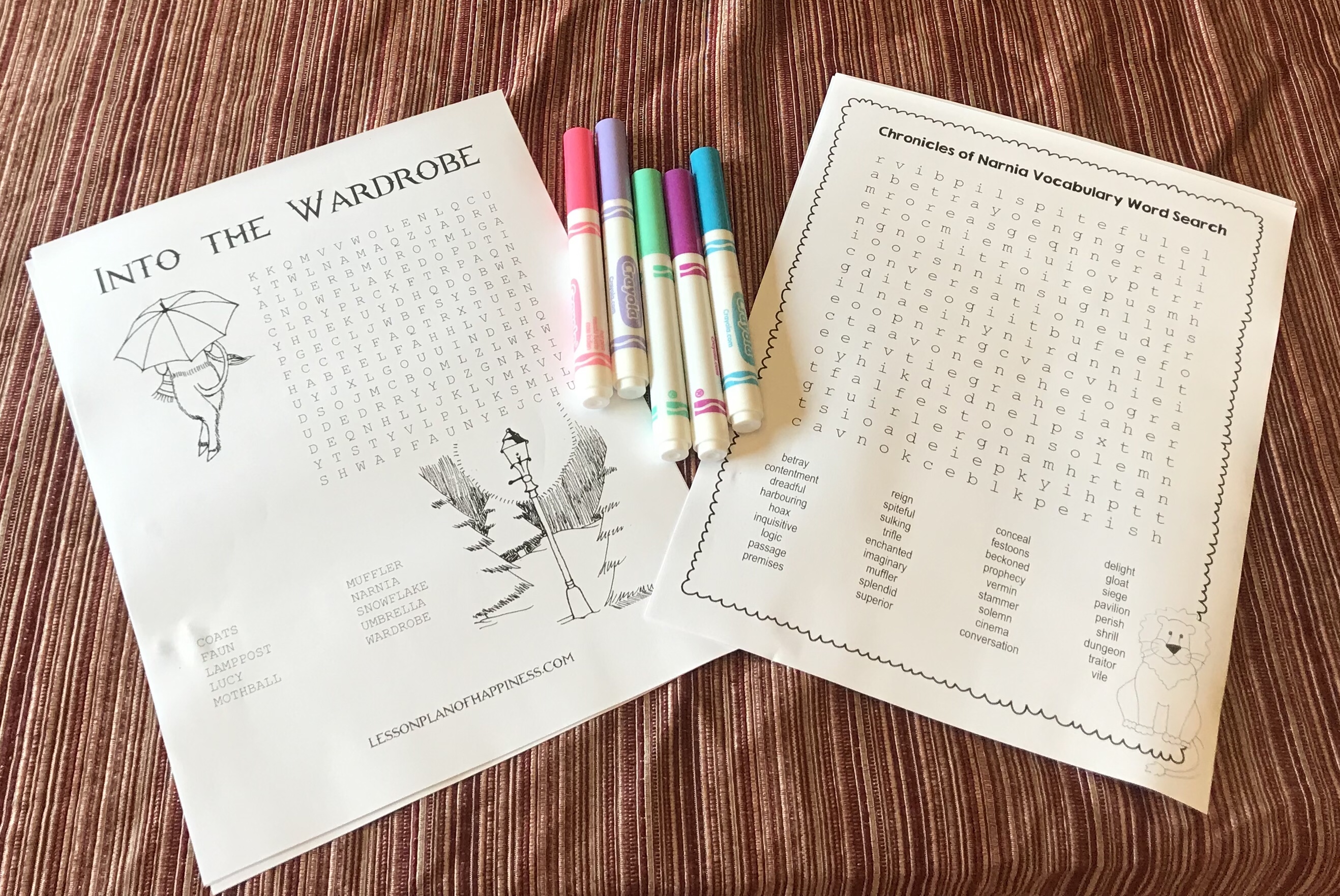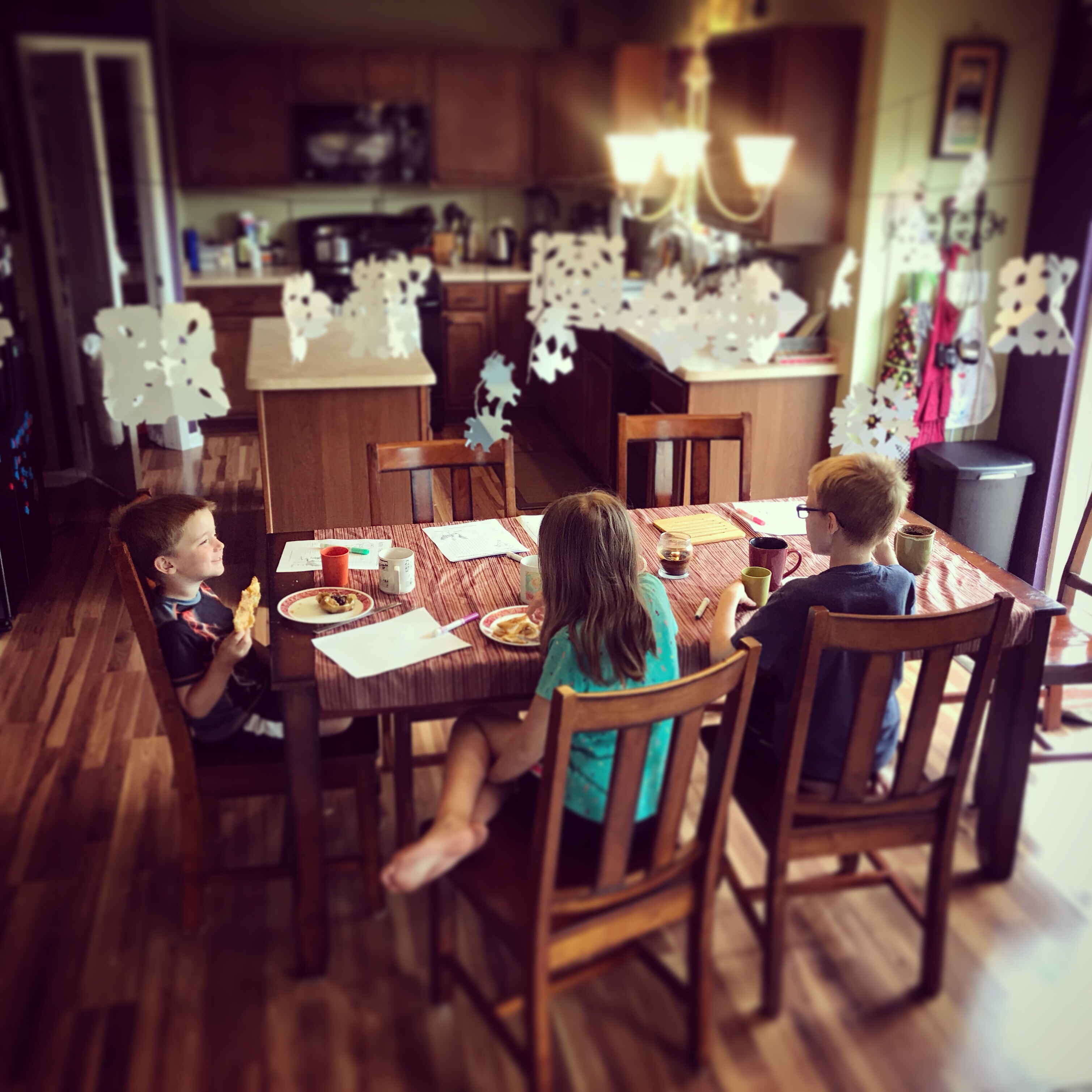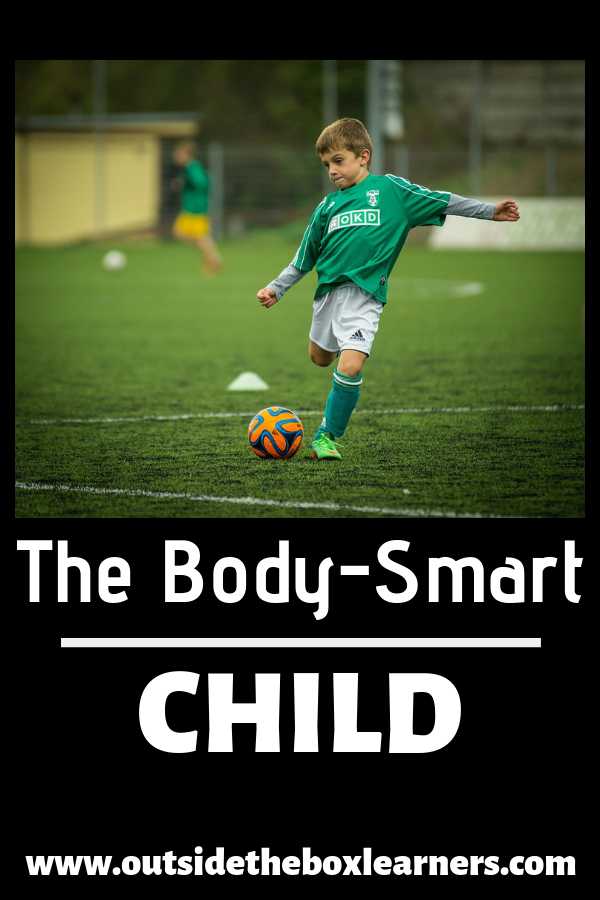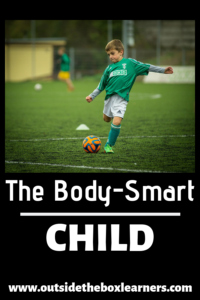To homeschool or not homeschool in December, that is the question…
And I would love to know, how do you change things up in December? (Leave a comment below!)
I always plan on doing more than I actually do. But usually, what ends up happening is we put the brakes on things for a bit. If I don’t, I crash and burn like a dry Christmas tree in a wildfire. NOT PRETTY.
After all, everything else is ramping up…. events, shopping, decorating, Christmas baking, Christmas card sending, etc. etc. and this introverted mama only has so much fuel in the tank for *ALL* the happenings.
Because this year we have taken part in a co-op on Fridays (after taking a year off) and we are now on a month break from that, it just seems natural to pause or put a brake on things for a few weeks. So this year, December is an intentional break for us.
I know we’re not the only ones. Many homeschooling family’s ease up on the gas pedal during the month of December. Not quit… just do things differently for a bit.
And with the colder weather, and darkness setting in before 5 pm (hello, SAD), it does feel right to just hunker down with some books, twinkle lights, and Christmas music. I’ve seen this article floating around, and I love the shift in perspective it gives for those of us living in colder regions.

This post contains affiliate links and any purchases made through such links will result in a small commission for me (at no extra cost to you).
So, if you were a fly on the wall in our home,
What WOULD you find us doing this December…
Well, you’d likely find:
- Christmas music blaring (likely from one of my favorite Christmas albums!)
- An audiobook playing (so far we’ve listened to A Shiloh Christmas, and part of Little House in the Big Woods)
- Our Jesse Tree – It’s only our 2nd year of doing this tradition, but it’s greatly enriched our Advent time.
- Daily Read Aloud – For the month of December it’s Tabitha’s Travels. It’s our first year to do this book, but we’ve read Jotham’s Journey (by the same author) in the past. Both are books written during the time of Jesus’s birth in Bethlehem. These books are page-turners that the whole family loves!
- More Xbox Kinects than I care to admit, especially so this mama can walk a few miles on the treadmill in peace. (I’m not big on screens but don’t mind as much when they’re moving their bodies)
- Science using No Sweat Science (we are LOVING it!)
- Playing Games (these are some of our favorite math games)
- Christmas Baking
- Kids reading
- Maybe a mom napping…
- 3 Kids “tobogganing” down the basement steps using an exercise mat
- A kid who just can’t help but do his daily math lesson 🙂
- Kids fighting (gotta keep it real)
- Kids playing amazingly well together using their imaginations to make up what they call “Think Stories”
- And a partridge in a pear tree (just kidding! ha!)
Whatever your December looks like, may it be filled with the hope and joy of Christ!
